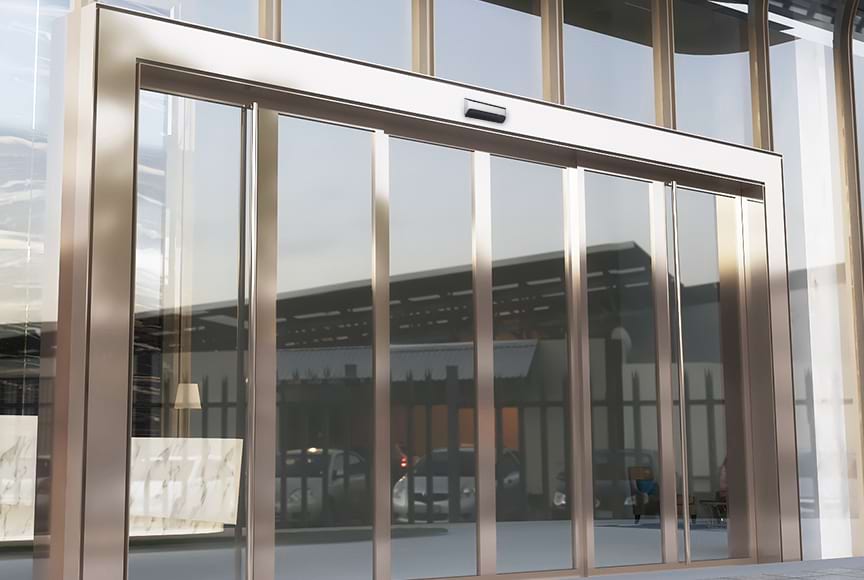Are there energy-saving features associated with glass door sensors that help regulate the opening and closing of doors based on foot traffic or external conditions?
In today's fast-paced world, energy efficiency is a top priority for businesses and individuals alike. Glass door sensors, which are commonly used in commercial and residential settings, may not initially seem like an energy-saving solution. However, recent advancements in technology have introduced new features that allow these sensors to help regulate the opening and closing of doors based on foot traffic or external conditions - potentially leading to significant energy savings.

One such feature is the ability for glass door sensors to detect human traffic patterns. These sensors can analyze the flow of people entering and exiting a building and adjust the opening and closing of the door accordingly. For example, during periods of high traffic, the sensor may keep the door open for longer periods of time, allowing more people to pass through without interruption. On the other hand, when there is little to no traffic, the sensor can close the door after a brief delay or when the last person passes through, thus conserving energy.
Another feature of glass door sensors that contribute to energy efficiency is their ability to sense external conditions. These sensors can monitor factors such as temperature, humidity, and light intensity and make adjustments to the door's opening and closing accordingly. For instance, if the temperature outside is significantly higher than the desired indoor temperature, the sensor can keep the door closed until the temperature difference decreases, thus preventing unnecessary heat loss or gain. Conversely, if the outdoor temperature is suitable compared to the desired indoor temperature, the sensor can keep the door open longer to promote cross-ventilation or allow cool air to enter.
Glass door sensors are also equipped with features that help reduce energy consumption during periods of non-use. Many sensors have an auto-lock feature that can be set to lock the door after a certain period of inactivity. This not only ensures security but also prevents energy waste due to unnecessarily open doors. Additionally, some sensors have a time-based locking feature that automatically locks the door during off-peak hours, such as at night or on weekends.
In conclusion, glass door sensors do possess energy-saving features associated with them which help regulate the opening and closing of doors based on foot traffic or external conditions. By detecting and analyzing human traffic patterns and external conditions, these sensors can intelligently adjust the door's state, adapting to different situations and minimizing energy consumption. Furthermore, features like auto-locking can contribute to reducing energy consumption during periods of inactivity, providing an added layer of security while preventing energy waste. These smart sensors not only provide a convenient and efficient user experience but also contribute to environmental conservation by helping reduce energy consumption.







